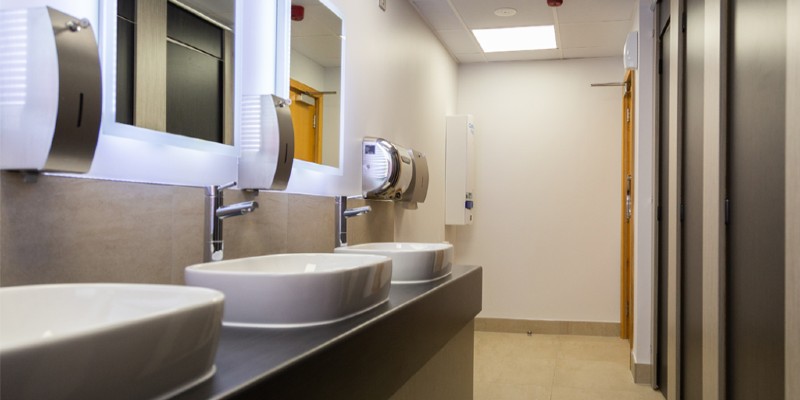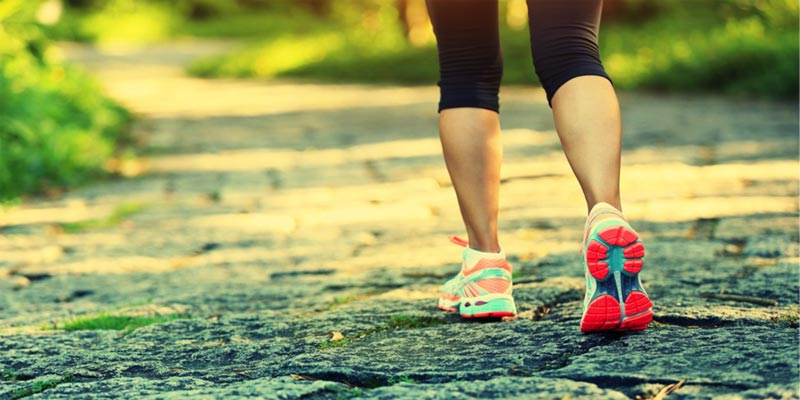Many small business owners don’t realise just how much reducing their office water usage can help the environment. Let’s imagine that you run a small SEO company. You don’t use significant amounts of water during everyday work processes, so you shouldn’t have to worry about wasting too much precious life juice, right?
Wrong!
Once you’ve finished reading this article, you might be amazed by just how much water you can save in the office, regardless of the type of business you run. And water saving is becoming increasingly valuable, especially when Australia’s regular droughts and severe water shortages are taken into account.
Here are a few of the easiest ways to reduce water usage in your office:
Ensure Your Plumbing Is Properly Maintained
Even a small drip can lead to huge volumes of wasted water every year and that you need plumbing service immediately. Let’s look at a little example:
If a tap drips 20 times per minute, you will be wasting approximately 600mL per hour. Multiply this by 24 hours a day, 365 days a year, and a slowly dripping tap will be wasting over 5250 litres per year.
That’s right, even a slow drip will waste over 5 cubic meters of water per year! I’m sure you don’t need me to tell you how important it is to get these fixed.






